2K Views
Africanized Honey Bee (Killer Bee)

by
A-1 Watkins Pest & Termite Control
(IC: professional)
Africanized Honey Bees are about 1/2 inch in length, oval in shape, golden-yellow with dark brown bands and fuzzy. These Africanized Bees are the result of a scientific experiment, when European Honeybees and African Bees (which are accustomed to hot temperatures) were brought to Brazil in the 1950's to breed with each other in an effort to create a honeybee that would produce honey in hot, tropical climates. The experiment was not as successful as they hoped because unlike the mild-mannered European Honeybee, the new Africanized Honeybee had a very aggresive nature, earning them the nickname "Killer Bee". The sting of an Africanized Honeybee is no more potent than another variety of Honeybee and can only sting once, however, what makes them more dangerous is that they are easily provoked, quick to swarm, attack in greater numbers and will pursue victims for greater distances, increasing your chances of a severe allergic reaction which can be life-threatening, especially to people allergic to stings or with limited capacity to escape (the young, the old and handicapped, confined livestock and pets. If stung, seek shelter in a house or car. Do not jump in the water, they will just wait around until you come up for air. Once safe, remove stingers from your skin to reduce the amount of venom they inject and seek medical attention. Even though Bees are potentially dangerous, we need them. They are responsible for the life of our trees, flowers and the food we eat. That being said, avoid Bee hives and if you do see one, report to a local Beekeeper or Pest Control Company for safe handling. Also, look before disturbing vegetation areas and be cautious around old tires, crates, boxes, empty cars, meter boxes, overturned flower pots and crack & holes in walls, Africanized Honeybees nest in these types of areas and will attack very quickly. This is why it is important to clean up debris & seal/caulk holes around your home that might provide nesting sites for these Bees.
Enjoyed the project?
Published November 23rd, 2012 3:20 PM
Comments
Join the conversation
2 of 13 comments
-
I have heard they can interbreed with the European honey bee resulting in a more docile bee. I leave bees alone and they do the same to me.
 Fenya Kashergen
on Jul 04, 2014
Fenya Kashergen
on Jul 04, 2014
-
-
When my husband and I worked with a bee keeper when we were in College, he taught us that when you are stung by a honey bee, they leave their stinger behind and attached is the poison sac. If you pinch it to remove it, you inject yourself with the venom. You should either use a long fingernail, knife or credit card to scrape the stinger up and out without injecting the venom. You have less chance of having a severe reaction to the venom this way. Often our first response without thinking is to pinch the exposed sac and pull it out!!! Big mistake. Knowing and thinking of how to best remove it, can save your life!
 Carey
on Sep 20, 2016
Carey
on Sep 20, 2016
-



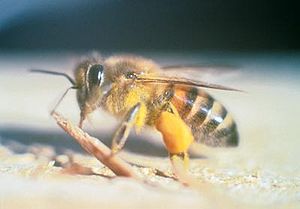


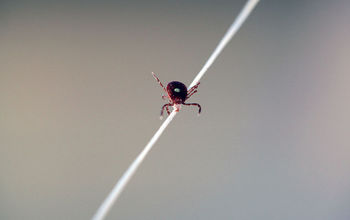


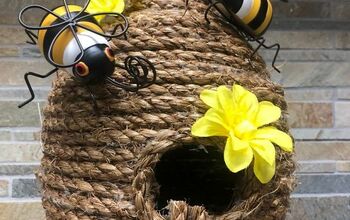
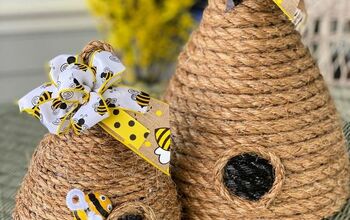
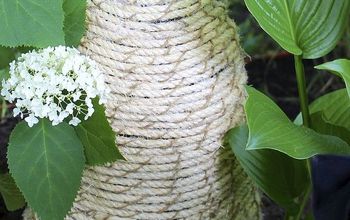












Frequently asked questions
Have a question about this project?